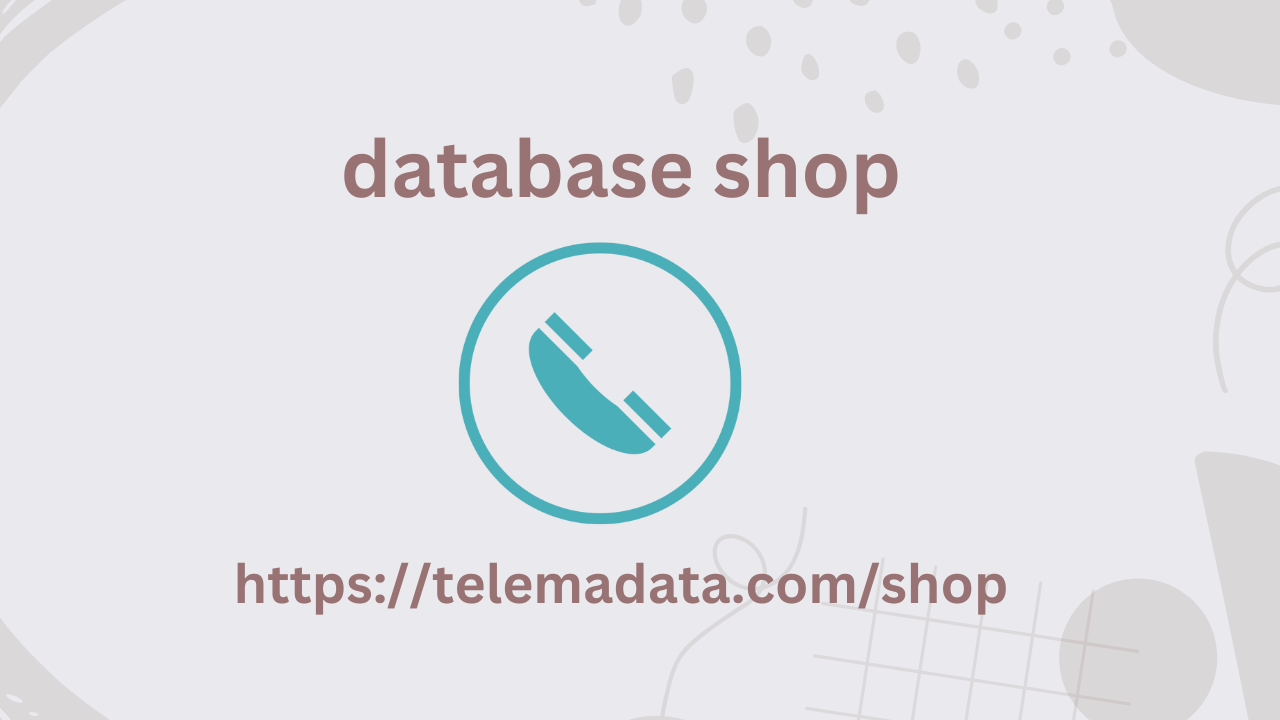When you buy something in a store, whether in person or online, a transfer of money and goods takes place behind the scenes of a series of complex processes. These processes transfer the money to the seller’s account and deliver the desired product to you. Every purchase you make depends on the proper functioning of the Transaction Processing Systems (TPS) to complete your purchase.
In this article, we want to see how these transaction processing systems work, what components they have and what are the benefits of using them.
What is Transaction Processing System (TPS)?
Transaction Processing System (TPS) is a type of data management software that is used to manage and collect customer and business information during a transaction. This system creates a fast and accurate environment for executing transactions and protects existing information, security and data integrity well. TPS also has facilities for personalizing and automating computer processing activities that can be useful for business forecasting and higher level analysis.
The first TPS, known as Sabre, was develop by IBM for American Airlines in the 1960s. The system was design to process up to 83,000 transactions per day and ran on two IBM 7090 computers. Later, other versions of Saber such as Airline Control Program (ACP) and. Transaction Processing Facility (TPF) were used by major banks, credit card companies and hotel chains. Today, various in every industry use modern TPS software to process their business transactions.
Difference between OLTP and OLAP
A TPS is different from a database shop merchant’s point-of-sale (POS) system, which is used for tasks such as reading credit card information, printing receipts, and managing cash payments. TPS stores, sends and receives transactional data necessary to validate and complete a business transaction. For example, when a customer buys a package of coffee with a credit card in the store, he swipes the card into the POS device and TPS collects the card information, communicates with the customer’s bank and approves or rejects the purchase.
An online seller also uses a TPS called Online Transaction Processing (OLTP) to confirm and complete the same purchase. In this case, OLTP may communicate with the vendor’s distribution center to ensure product availability and issue shipping instructions to fulfill customer orders.
When it comes to online transaction processing systems, it’s good to know the difference between OLTP and similar systems like OLAP. Both of these systems are use to process data, but each has a different task.
What is Online Transaction Processing (OLTP)?
OLTP is designe to execute online database transactions. Or even customer self-service portals such as online banking, internet shopping or hotel and travel reservations.
On the other hand, OLAP systems are optimize for complex data analysis. These systems are use to generate useful reports and insights from complex data sets and are commonly. Use by data scientists and business analysts to enhance business intelligence (BI), data mining and improve overall decision making in business.
What are the functions of transaction processing systems (TPS)?
Transaction processing building trust and credibility effective email communication systems (TPS) play a very important role in keeping a company’s operations running smoothly. These systems have a few key functions that make everything run smoothly:
- Transaction recording: TPS systems accurately record all financial transactions, from sales and purchases to payments.
- Data update: These systems update new transaction information in the company’s database so that the data is always up-to-date and accurate.
What is Online Analytical Processing System (OLAP)?
- Maintaining data integrity: TPS follows afb directory certain rules to prevent errors and inconsistencies from entering the system. In this way, the information in the database is always correct and reliable.
- Generating reports: These systems can generate reports that summarize transactions and provide valuable insights into company performance. These reports help the company to track sales trends, find weak points and make business decisions based on data.
Types of transaction processing systems
In batch processing, the TPS system groups and interprets information into similar categories. This type of processing may cause a time delay, because the system must check several categories of information at the same time, and this work requires more computing power.







